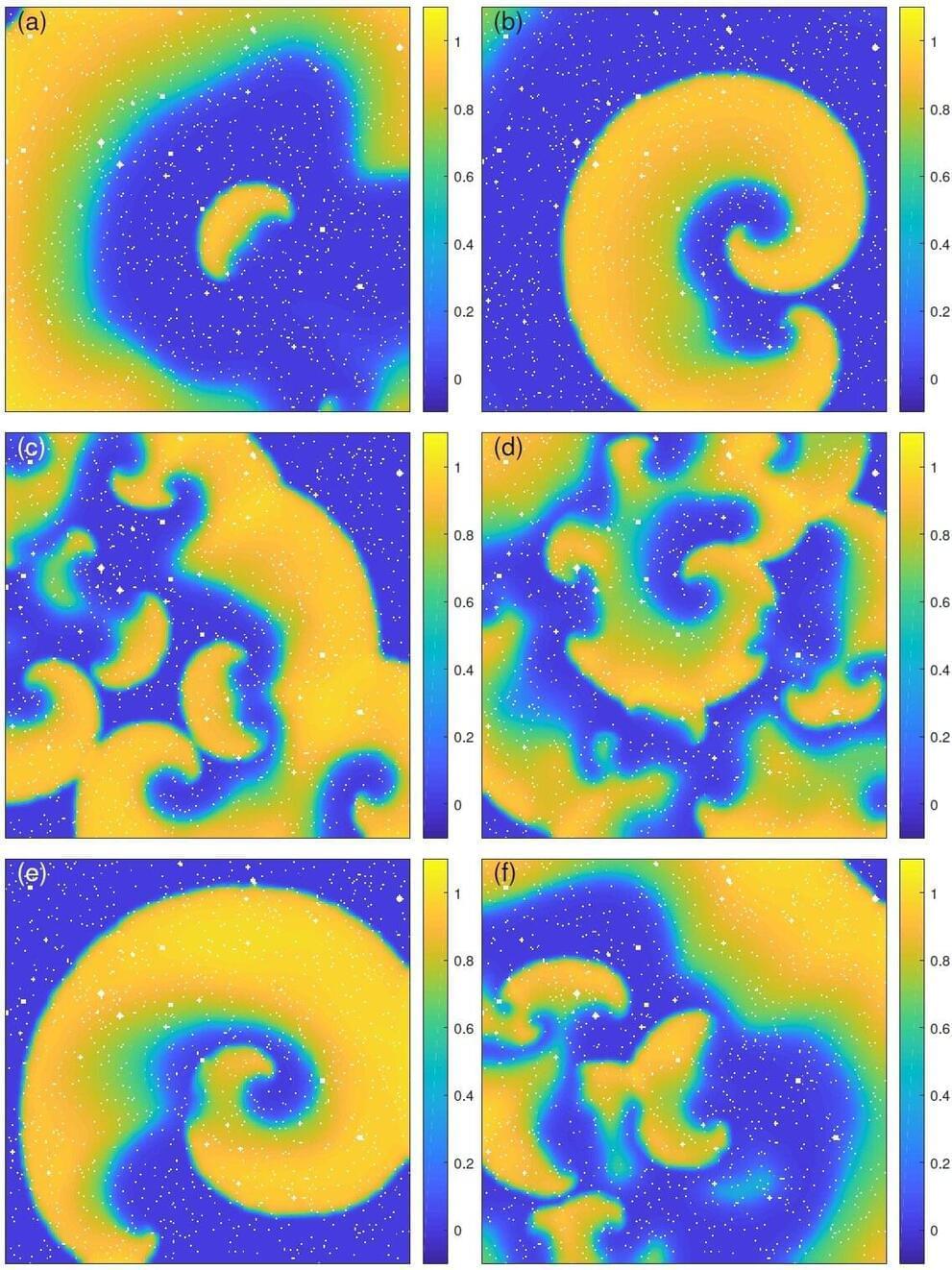Physicists at Rice University and their collaborators have made a discovery that sheds new light on magnetism and electronic interactions in advanced materials, with the potential to transform technologies like quantum computing and high-temperature superconductors.
Led by Zheng Ren and Ming Yi, the research team’s study on iron-tin (FeSn) thin films reshapes scientific understanding of kagome magnets — materials named after an ancient basket-weaving pattern and structured in a unique, latticelike design that can create unusual magnetic and electronic behaviors due to the quantum destructive interference of the electronic wave function.
The findings, published in Nature Communications, reveal that FeSn’s magnetic properties arise from localized electrons, not the mobile electrons scientists previously thought. This discovery challenges existing theories about magnetism in kagome metals in which itinerant electrons were assumed to drive magnetic behavior. By providing a new perspective on magnetism, the research team’s work could guide the development of materials with tailored properties for advanced tech applications such as quantum computing and superconductors.








